The Physical Foundation of Protein Architecture
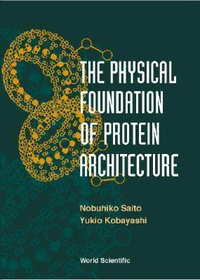
Summary
A protein requires its own three-dimensional structure for its biological activity. If a chemical agent is added, the biological activity is lost, and the three dimensional structure is destroyed to become a random coil state. But when the chemical agent is removed, the biological activity is recovered, implying that the random coil state turns back into the original complex structure spontaneously. This is an astonishing event. The Physical Foundation of Protein Architecture is intended to solve this mystery from the physicochemical basis by elucidating the mechanism of various processes in protein folding. The main features of protein folding are shown to be described by the island model with long range hydrophobic interaction which is capable of finding the specific residue, and the lampshade criterion for disulfide bonding. Various proteins with known structure are refolded, with the purpose of uncovering the mechanism of protein folding. In addition, ab initio method for predicting protein structure from its amino acid sequence is proposed.
Similar Books
-
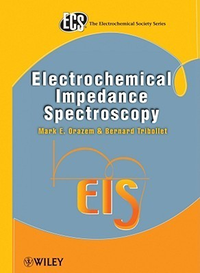 Electrochemical Impedance Spectroscopy
Electrochemical Impedance Spectroscopyby Mark E. Orazem
-
 Photonic Crystals: Towards Nanoscale Photonic Devices
Photonic Crystals: Towards Nanoscale Photonic Devicesby Jean-Michel Louritioz (Universite Paris Sud); Henr
-
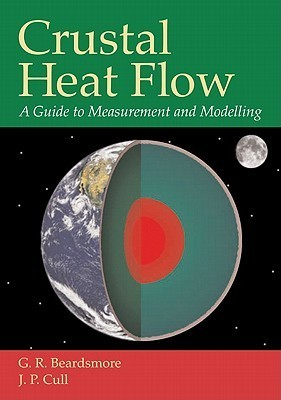 Crustal Heat Flow: A Guide to Measurement and Modelling
Crustal Heat Flow: A Guide to Measurement and Modellingby G.R. Beardsmore
-
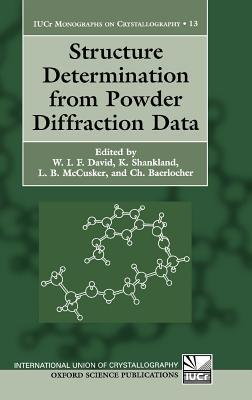 Structure Determination from Powder Diffraction Data
Structure Determination from Powder Diffraction Databy W.I.F. David
-
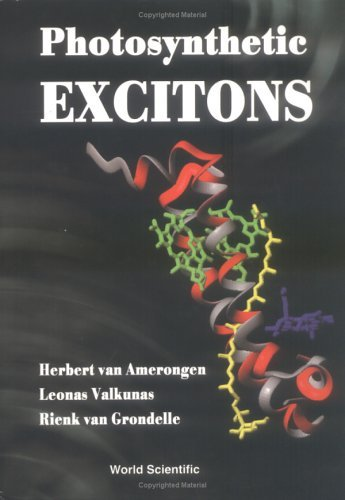 PHOTOSYNTHETIC EXCITONS
PHOTOSYNTHETIC EXCITONSby Herbert Van Amerongen
-
 The Electronic Structures of Solids
The Electronic Structures of Solidsby B.R. Coles
-
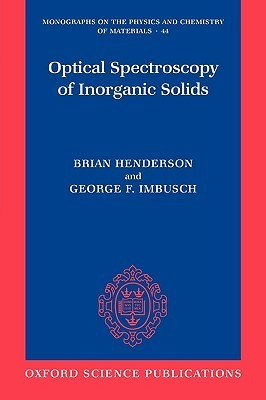
-
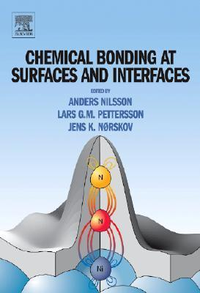 Chemical Bonding at Surfaces and Interfaces
Chemical Bonding at Surfaces and Interfacesby Anders Nilsson
-
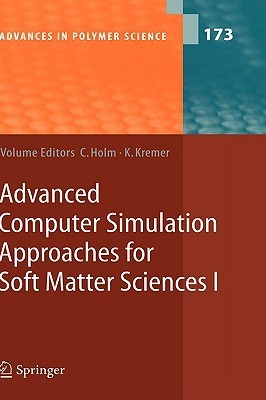
-
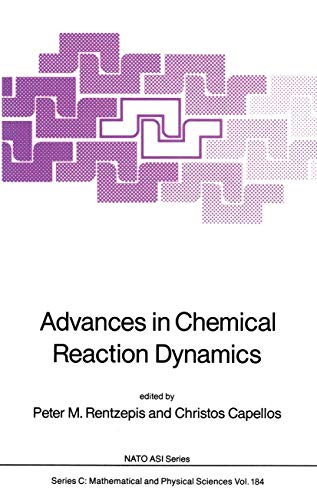 Advances in Chemical Reaction Dynamics
Advances in Chemical Reaction Dynamicsby Peter M. Rentzepis
-
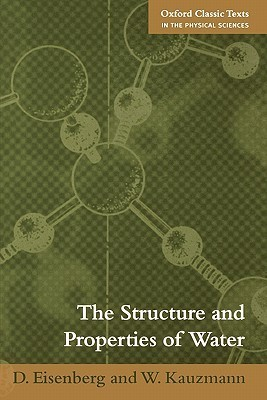 The Structure and Properties of Water
The Structure and Properties of Waterby David S. Eisenberg
-
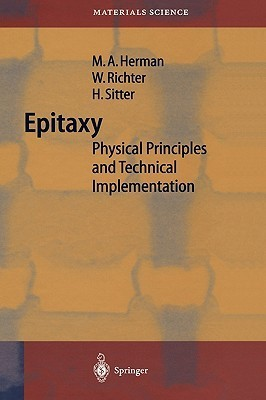 Epitaxy: Physical Foundation and Technical Implementation
Epitaxy: Physical Foundation and Technical Implementationby Marian A. Herman
-
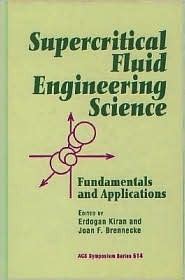
-
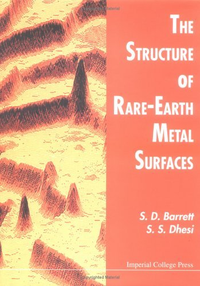 The Structure of Rare Earth Metal Surfaces
The Structure of Rare Earth Metal Surfacesby S ean D. Barrett
-
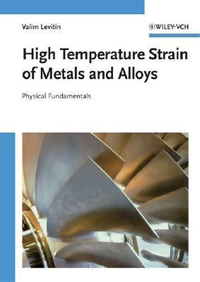 High Temperature Strain of Metals and Alloys: Physical Fundamentals
High Temperature Strain of Metals and Alloys: Physical Fundamentalsby Valim Levitin
-
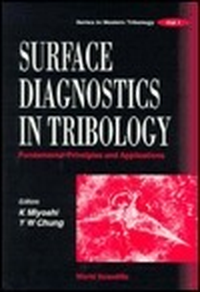
-
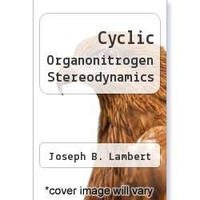 Cyclic Organonitrogen Stereodynamics
Cyclic Organonitrogen Stereodynamicsby Joseph B. Lambert
-
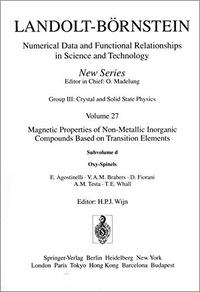 Oxy-Spinels / Oxy-Spinelle
Oxy-Spinels / Oxy-Spinelleby E. Agostinelli
-
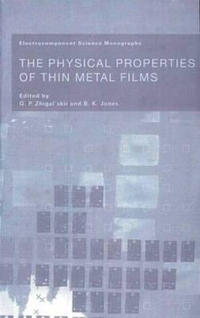 The Physical Properties of Thin Metal Films
The Physical Properties of Thin Metal Filmsby G.P. Zhigal'skii
-
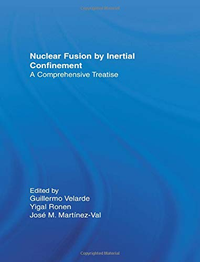 Nuclear Fusion by Inertial Confinement: A Comprehensive Treatise
Nuclear Fusion by Inertial Confinement: A Comprehensive Treatiseby Guillermo Velarde
-
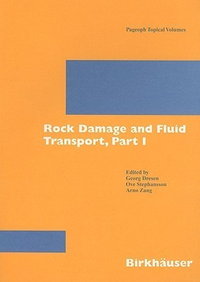 Rock Damage and Fluid Transport, Part I
Rock Damage and Fluid Transport, Part Iby Georg Dresen
-
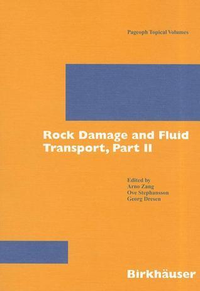 Rock Damage and Fluid Transport, Part II
Rock Damage and Fluid Transport, Part IIby Arno Zang
-
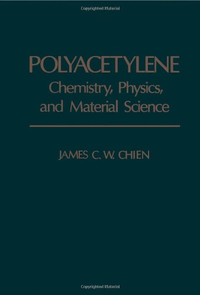 Polyacetylene: Chemistry, Physics, and Material Science
Polyacetylene: Chemistry, Physics, and Material Scienceby James C.W. Chien
-
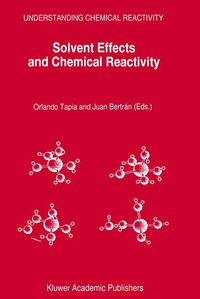 Solvent Effects and Chemical Reactivity
Solvent Effects and Chemical Reactivityby Orlando Ed. Tapia
-
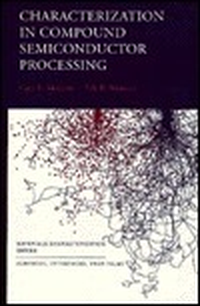 Characterization in Semiconductor Compound Processing
Characterization in Semiconductor Compound Processingby Yale Strausser
-
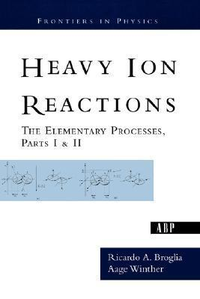 Heavy Ion Reactions
Heavy Ion Reactionsby Ricardo A. Broglia
-
 Smithells Metals Reference Book
Smithells Metals Reference Bookby Colin J. Smithells
-
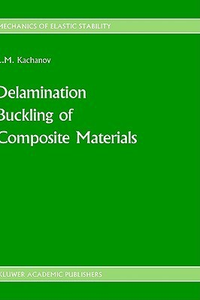 Delamination Buckling of Composite Materials
Delamination Buckling of Composite Materialsby L.M. Kachanov
-
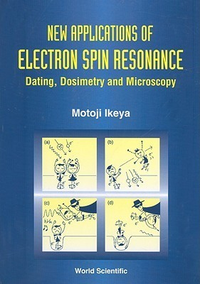
-
 Structure and Dynamics of Surfaces I
Structure and Dynamics of Surfaces Iby W. Schommers